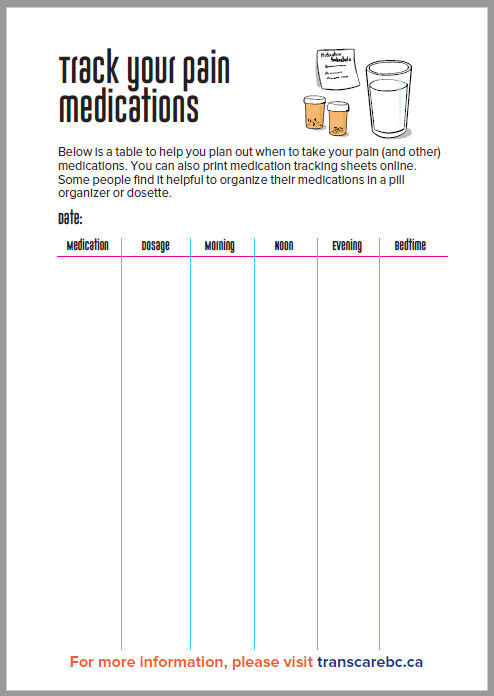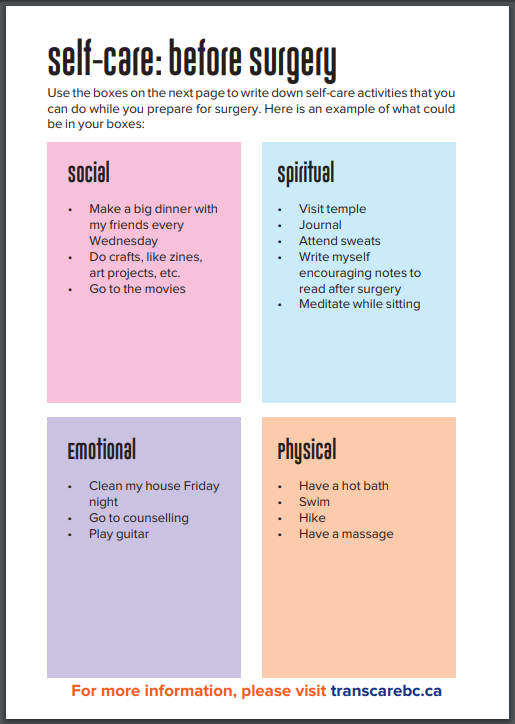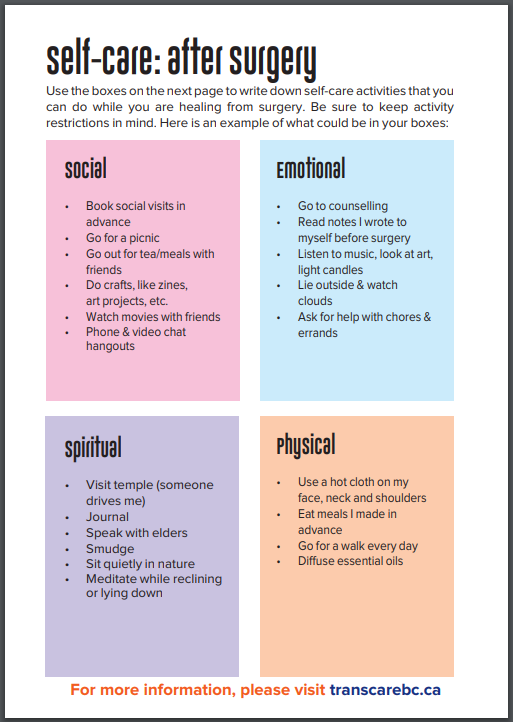Post-Surgical Care (Disclaimer)
- Post-surgical instructions
- Know what to expect after surgery
- Take good care of your body
- Beat the post-surgery blues
- Mindfully return to usual activities
Post-surgical instructions
GSP BC (Vancouver):
Before your surgery, the Gender Surgery Program BC will provide you with a booklet called “Enhanced Recovery After Surgery” for phalloplasty, metoidioplasty or erectile tissue release surgery. This booklet will provide detailed information about what to expect before and after your surgery, and instructions on how to care for yourself when you go home.
Know what to expect after surgery
Below is a description of what generally happens when you wake up from phalloplasty, metoidioplasty and erectile tissue release surgery. This information is provided to help you start imagining what the hospital experience could be like- you will be given more detailed and up-to-date information once you have your surgical consult and meet your surgical team.
Each surgical centre is different and your surgical team will provide you with more detailed information about what to expect when you wake up from surgery.
In general, here is what you may expect:
After surgery, you will be moved to the Post Anesthesia Care Unit (PACU). You will feel quite drowsy when you wake up -this is normal. It is also normal to feel sick to your stomach (nauseated) or to throw up after surgery.
Erectile Tissue Release & Metoidioplasty
Some people choose to have erectile tissue release surgery without any additional procedures, while others may choose additional procedures. Information about what to expect for each procedure is below:
Medical equipment
You may have some or all of the following:
Erectile tissue release
You may have bruising and swelling in the groin area (abdomen and thighs).
You will have small incisions on each side of the groin, where the ligaments have been cut.
The erectile tissue will be puffy and swollen. This swelling tends to go away in two-to-four weeks, but could take longer for some.
The tissue may feel tender and uncomfortable while it is healing.
If you did not have urethral lengthening, you will not have a catheter in place. You will be able to urinate as you did before the procedure.
Urethral lengthening
If you had urethral lengthening, you may also have a catheter that starts in your bladder and comes out the tip of your penis to help keep your urethra open- this is called a urethral catheter. You may also have a catheter that starts in the bladder and comes out of your lower abdomen, near the pubic bone- this is called a supra pubic catheter.
Your surgical team will let you know when you can start urinating through your new urethra – this generally happens between 1-3 weeks after surgery.
Experiences of having a catheter can vary. For some people, the catheter may be very uncomfortable. It is important to speak with your surgical team if you have any challenges with your catheter.
While you have your catheter, it is very important to drink enough water to make your urine a pale yellow colour.
Scrotoplasty
It is common to have bruising and swelling in the groin area (abdomen and thighs).
You will have several incisions on the scrotum, including along each side and at the mid-line. It is normal for there to be some dried blood and clearish fluid present at the incisions.
You may also have 1-2 drains at the scrotum to help extra fluid leave your body.
If you are getting testicular implants, this procedure tends to take place around six months after your first surgery.
Vaginectomy
You will have an incision at the site of your vaginectomy. These incisions may feel ‘tight’.
You may experience a sense of aching where the internal tissue was removed.
It is normal for there to be some dried blood and clearish fluid present at the incisions.
Other details
Members of your surgical and post-operative team will check on you frequently.
You may be given some breathing, leg, ankle and arm exercises to do throughout the day. You may feel emotional and very tired- these are normal responses to having a big surgery and if you follow your surgeon’s post-operative instructions, your body will recuperate with time.
Phalloplasty
Medical equipment
You may have some or all of the following:
Bruising
It is normal to have bruising in the groin area (abdomen and thighs)
Penis
Your penis will be swollen. It may be supported in a sling to reduce swelling. It will feel numb.
You will have incisions at the point where your penis connects to your body, and along the underside of the shaft. You will also have some incisions on your scrotum and at the vaginectomy site.
You may have a drain in your groin to help fluid drain from your body.
There may be a small device called an “implanted doppler ultrasound” embedded into the skin of your penis to measure blood flow to the area.
If you had urethral lengthening, you may also have a catheter that starts in your bladder and comes out the tip of your penis to help keep your urethra open- this is called a urethral catheter. You may also have a catheter that starts in the bladder and comes out of your lower abdomen, near the pubic bone- this is called a supra pubic catheter.
Penile donor site
Your penile donor site may have a special dressing called a vacuum assisted closure (VAC) to your penile donor site, which is connected by a drainage tube to a small, portable vacuum pump.
Skin graft donor site
This area can be quite sensitive or painful, as the nerve endings here are exposed to the air as you heal. It may have some drainage and be covered by a bandage.
Other details
Take good care of your body
It is important to follow your surgeon’s post-operative instructions. The information below is a brief summary and does not replace the information you receive from your surgeon. If there are any differences, you should follow your surgeon’s instructions.
Everybody recovers at a different pace and it can take several months before you feel like you have all your energy back.
Caring for your incisions
Follow your surgeon’s instructions for how to care for your incisions and donor sites. If you have any questions, don’t be shy to ask. This is a new skill to learn and your surgical team wants to support you to feel comfortable and knowledgeable.
Generally speaking, you should contact your surgeon (or go to the Emergency Room) if you experience the following:
Take care of your catheter
If you had urethral lengthening, you will have a catheter in place to allow urine to drain from your bladder while your new urethra heals. Many people say that having a catheter in place for a prolonged period of time is one of the most challenging aspects of the overall experience. Here are some general tips that can make having a catheter a bit more comfortable:
Manage Pain
It is important to manage your pain well so that you can sleep through the night, slowly re-start your usual daily activities, and follow the aftercare instructions from your surgeon.
Wash Hands Frequently
Always wash your hands with soap before and after touching your genitals. This will help prevent infection.
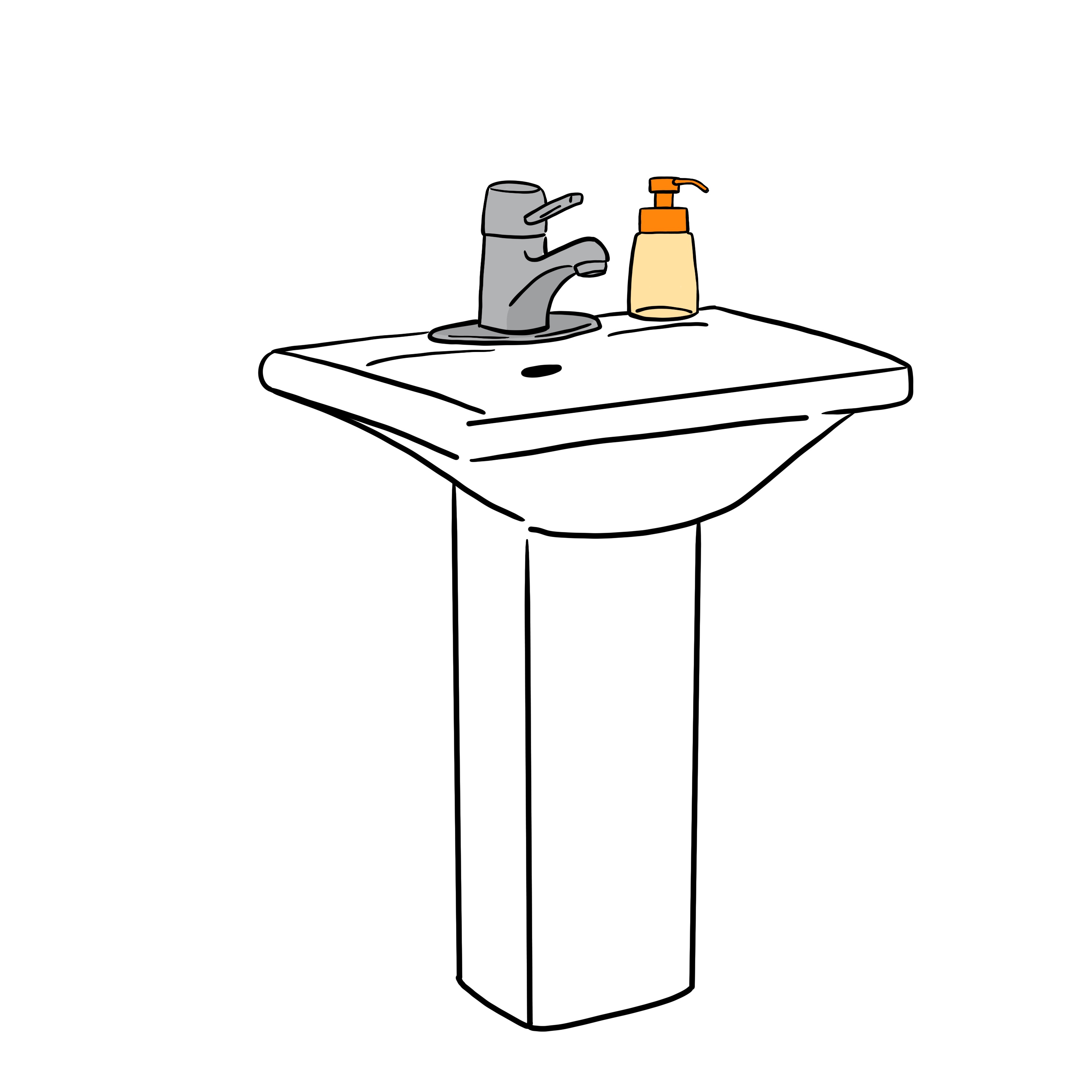
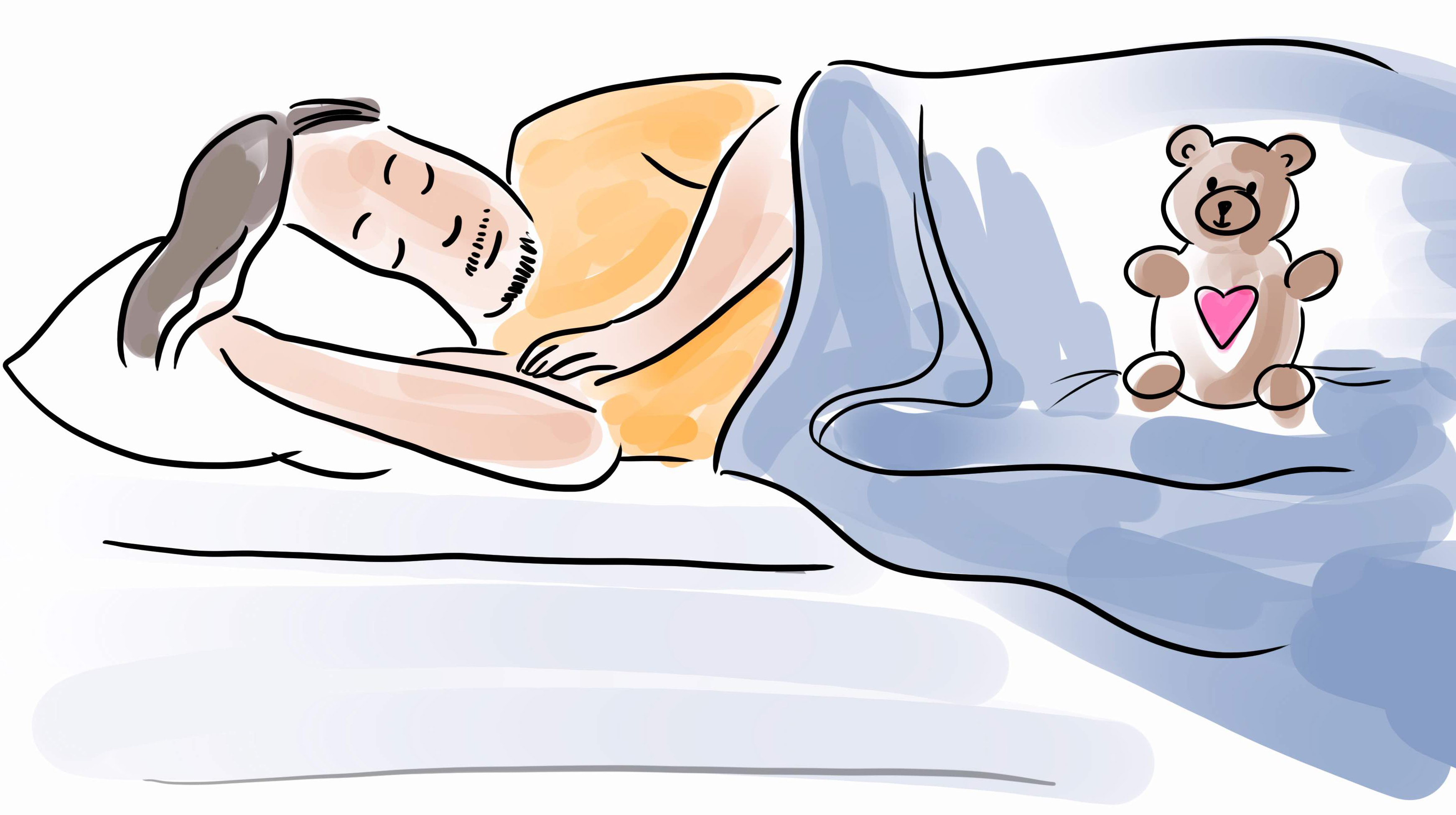
Get Lots of Rest
You may feel very tired after your surgery. Plan to do less activity during the day and allow yourself to nap. Your body needs extra sleep while you are healing. Relaxation techniques can help your body heal from surgery, too. They reduce the effects of stress on your body, letting your body’s systems focus on healing.
Many people share that they were surprised by how exhausted and weak they felt after lower surgery. This is a very complex surgery and it can take 6-8 weeks to recover. Remember that your body does its healing while you are resting. Take naps or rest breaks during the day and trust that you will slowly build up your energy and strength again.
Walk
Walking helps to relieve pain, improve blood flow and prevent blood clots. It can also be good for your mood. However, it is important to be gentle and not push yourself. Your surgical team will provide you with instructions about when and how you can start walking. Begin with short walks and slowly increase how far you walk. Many people find that using a walker or a cane at first is helpful. If walking is not an option for you, speak with your health care providers about alternative options, like leg and deep breathing or coughing exercises.


Enjoy foods that promote wound healing
Look for foods with protein (meats, eggs and nuts); zinc (whole grains, spinach, nuts); vitamin A (carrots, broccoli, eggs); & Vitamin C (strawberries, peppers). Your body will need extra calories, proteins and nutrients to heal. If you have questions, you may find it helpful to speak with a dietician. You can contact a dietician by calling 8-1-1 (Health Link BC).
Drink Lots of Water
It is important to drink lots of water (2-3 litres/day) and empty your bladder regularly. This helps to prevent urinary tract infections.
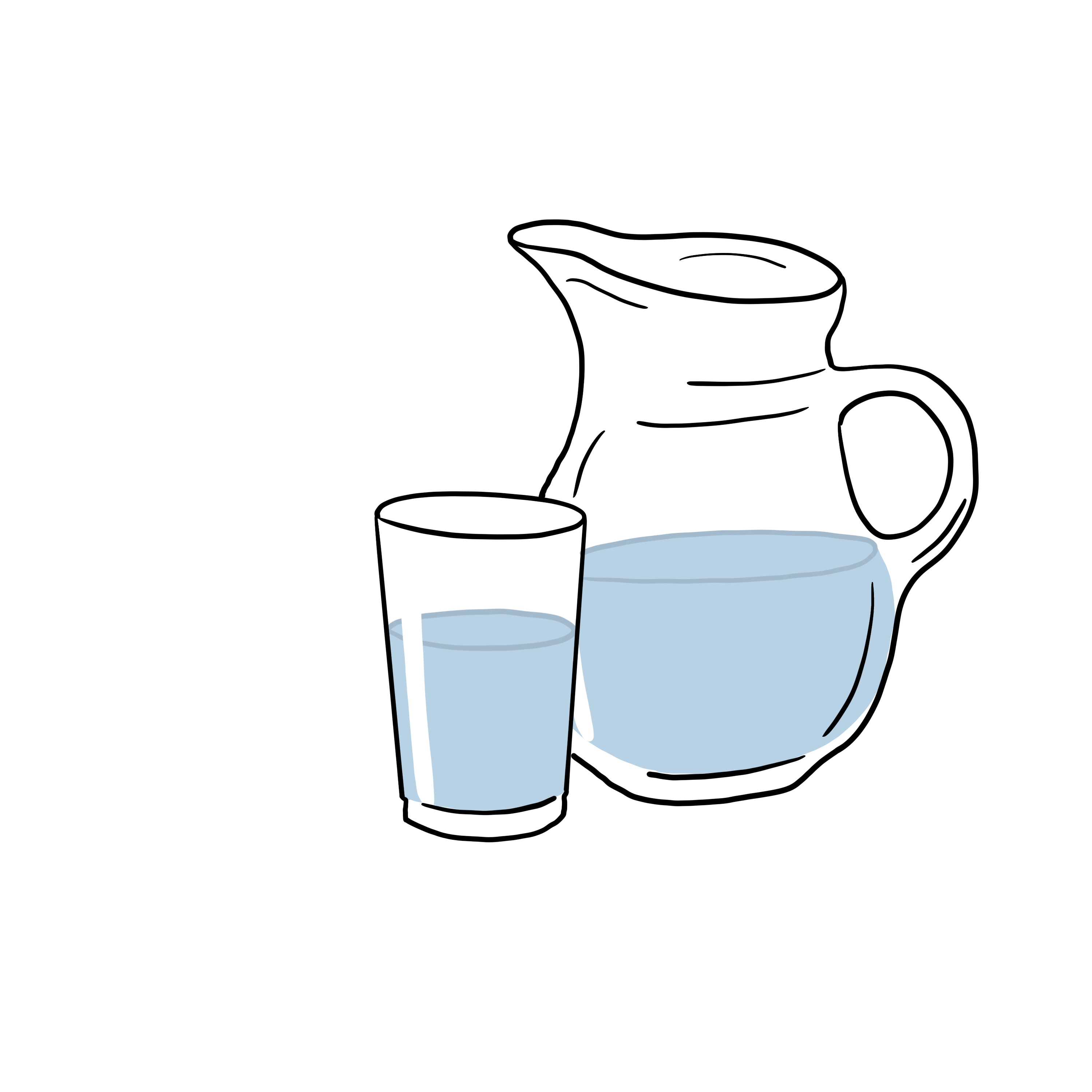
Manage Constipation
Constipation is a common side-effect of pain medication. If you experience this, try increasing the number of walks you take, drinking more water, eating more fruits and vegetables, eating prunes, or taking a stool softener. Get protein from food sources other than dairy. If constipation continues for several days, speak to your healthcare provider.
Avoid Alcohol and Tobacco
Avoid consuming alcohol and tobacco. If you have any questions about this, speak with your surgical team.
Attend Your Check-Ups
GSP BC:
You will be given your post-operative follow up plan before you go home. If you traveled to Vancouver, you will be expected to stay in the Lower Mainland for 3-4 weeks after discharge so you can attend in-person follow up appointments with your surgical team. All your follow up care will be completed by the surgical team at GSP BC.
You may want to arrange to see your NP or GP within a week of going home as well. They will review your post-operative baseline and see how you’re feeling.
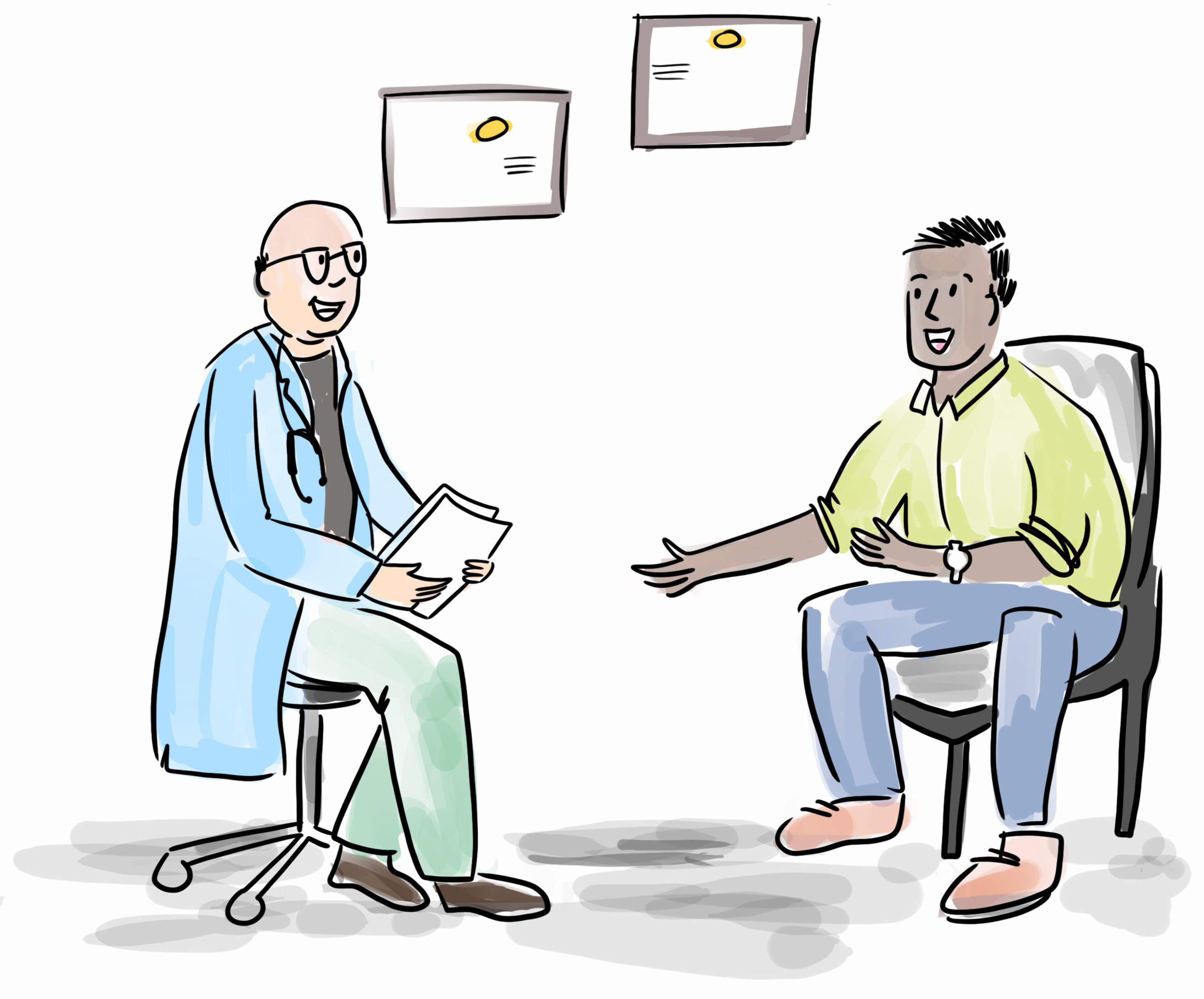
Beat the post-surgery blues
The after-effects of medications, surgery and the activity limitations required during recovery can lead to something called ‘post-operative blues.’ This can include feelings of low mood, loss of appetite, difficulty concentrating and even self-doubt. This is a temporary and normal part of the healing period. Here are some suggestions for making it easier.

Self-Care Planning Exercises
Here are some holistic self-care planning exercises to help you prepare for before and after surgery. These exercises are also included in the Surgery Workbook.
Mindfully return to usual activities
Ask your surgeon when you can resume your usual activities. The information below are some common post-operative recommendations and does not replace the information you receive from your surgeon. If there are any difference, you should follow your surgeon’s instructions.
Driving
Avoid driving until you are no longer taking any opiate pain medication or feeling distracted by pain. Only drive if you are able to:
Start with short trips so as not to put too much pressure on your genitals. If you drive long distances, take frequent stops & pee often.
Lifting, Pulling and Pushing
Avoid lifting objects over ten pounds until 4 to 6 weeks after surgery, including carrying children, pets and groceries.
Work
Plan to take at least 6-8 weeks off work, or longer, depending on type of work and how you are healing.
Exercise
A general rule is to wait until 6-8 weeks after your surgery before participating in intense physical activity. Speak with your surgeon about how you can restart any activity, including exercise.
Rest
Rest is important for your recovery. Your body does its healing while you rest. Take naps or rest breaks during the day.
Sexual Activity
Lots of people have questions about returning to sexual activity after surgery. This can include, but is not limited to, masturbation and sex with other people. As with all other activities, speak with your surgeon about when it is safe for you to be sexually active after surgery.
Exploring how your body feels and responds after surgery is an important step in your healing process. It stimulates the nerve endings, helping them heal and reconnect, and allows you to begin the process of finding where and how you enjoy being touched. It also helps your brain to create a new “map” of your body.

First 10 days after surgery
First 10 days after surgery:
Avoid activities that can lead to elevated blood pressure and the risk of internal bleeding (hematoma).
This includes:
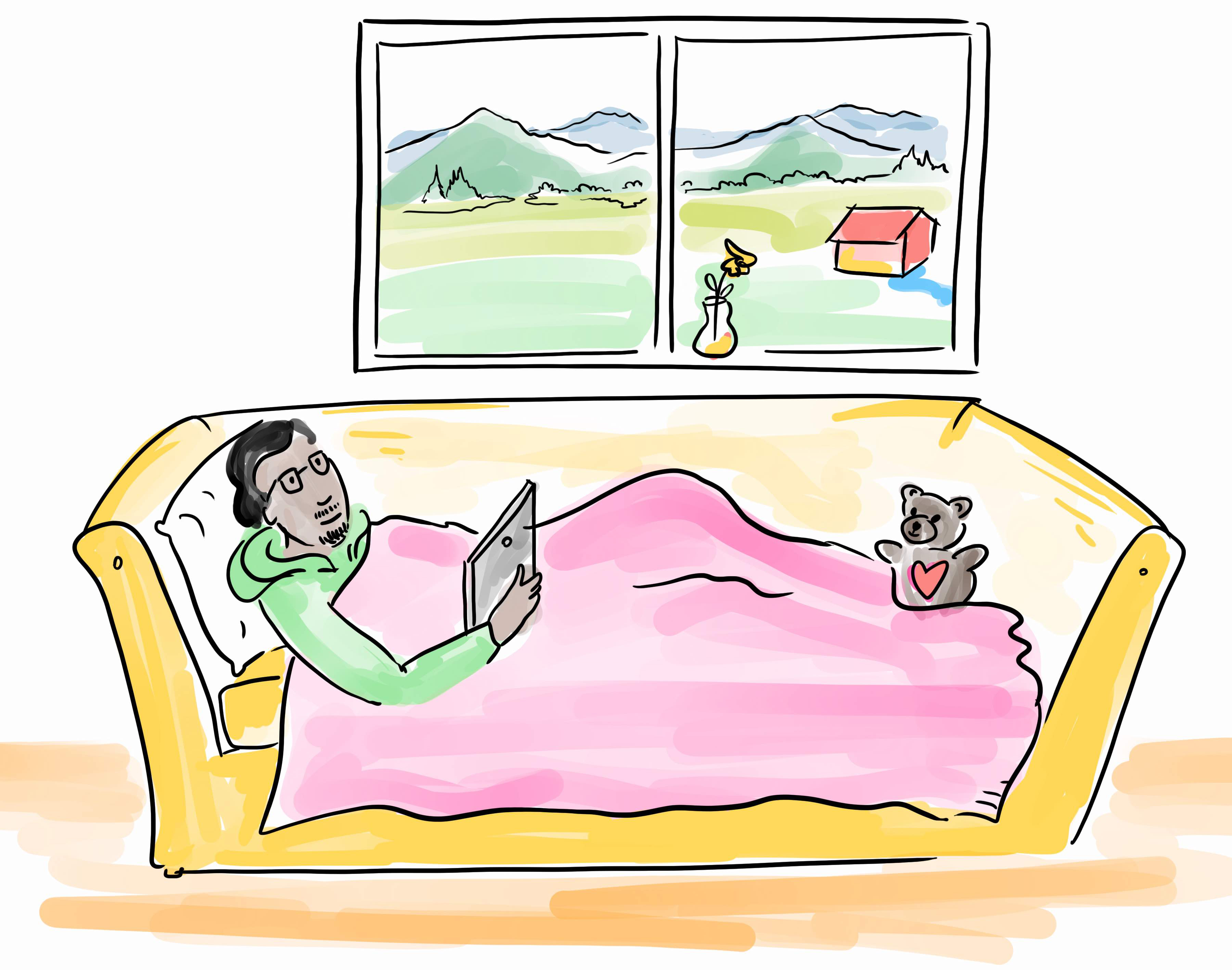
8 weeks after surgery
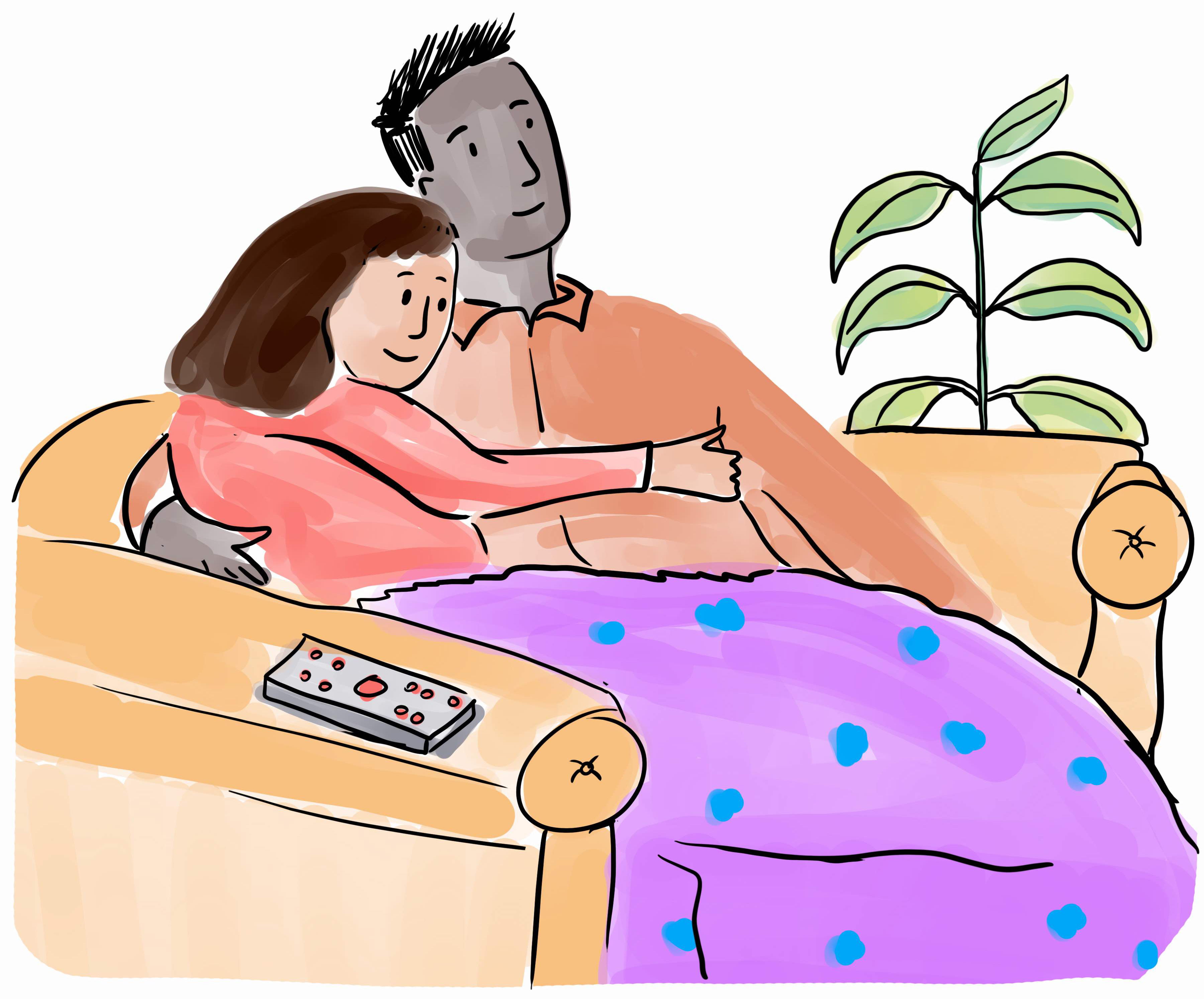
12 weeks after surgery
12 weeks after surgery:
If you have had metoidioplasty or erectile tissue release surgery, your surgeons will give you customized information about when it is safe to start using a pump for getting erections.
Once your surgical team tells you that you’re ready to use your genitals for sexual activity, here is some general information for returning to sexual activity after surgery:

A note on safer sex and STI screening
Many people find that they are better able to relax and enjoy sex with others if they have spoken with their partner(s) about sexual health and STI screening.
It is possible to get sexually transmitted infections (STIs) after phalloplasty, metoidioplasty or erectile tissue release. The following recommendations can help reduce the chance of getting an STI. These recommendations are general and apply to anyone, whether they have had a genital surgery or not. Not every recommendation will apply to you, but they are helpful to be aware of:
Learn about HIV Pre-Exposure Prophylaxis (HIV PrEP) and speak with your GP or NP if you think this might be a good option for you.
Attention: The information on this website is a brief summary of what you might expect after surgery and does not replace the information you receive from your surgeon. If there are any differences, you should follow your surgeon’s instructions.
